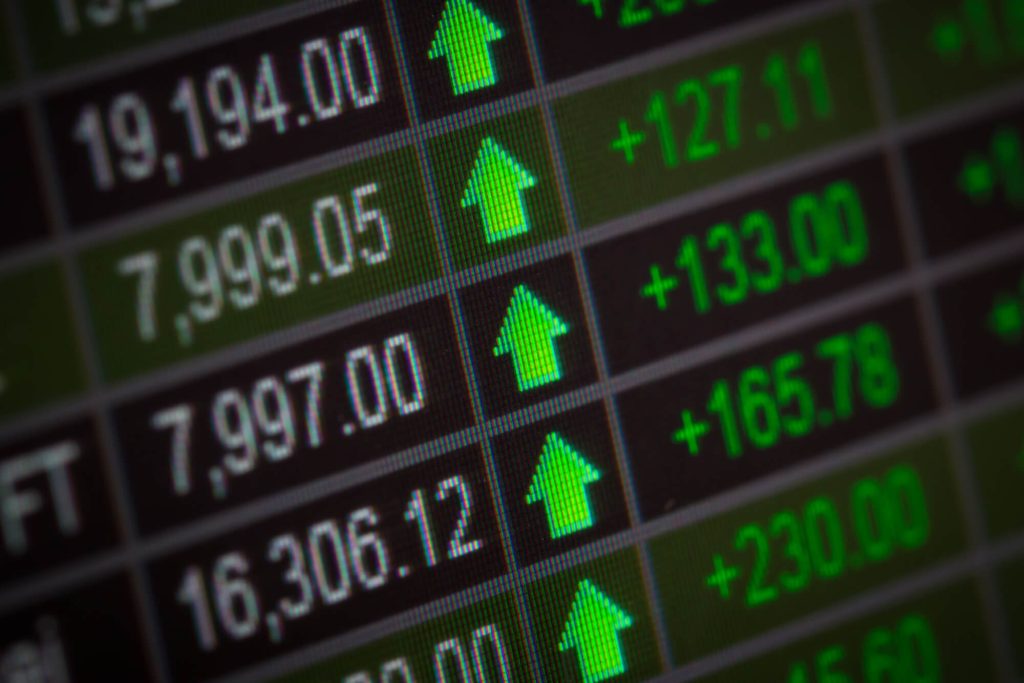The Impact of Market Volatility on CFD Trading
Introduction
In recent years, Contract for Difference (CFD) trading has become increasingly popular among investors due to its flexibility and potential for high returns. However, as with any type of trading, CFDs are not without risks, and one major factor that can affect CFD trading is market volatility. In this article, we will explore the impact of market volatility on CFD trading, the strategies that traders can use to manage their risks, and the potential opportunities that volatility can create.
What is Market Volatility?
Before we dive into the impact of market volatility on CFD trading, it is essential to define what market volatility means. In finance, volatility is a statistical measure of the dispersion of returns for a given security or market index. In other words, it measures the degree of variation of the price of a security or index over time. High volatility means that the price of a security or index is fluctuating rapidly, while low volatility means that the price is relatively stable.
The Impact of Market Volatility on CFD Trading
CFD traders can be both positively and negatively impacted by market volatility. On the one hand, high volatility can present significant opportunities for profits, as prices can fluctuate rapidly, creating potential for substantial gains. On the other hand, high volatility also presents significant risks, as prices can fluctuate rapidly in the opposite direction, causing significant losses.
Increased Risk
One of the most significant impacts of market volatility on CFD trading is the increased risk it presents. When prices are fluctuating rapidly, it can be challenging to predict which direction they will move in next. This unpredictability can cause traders to make impulsive decisions based on emotions rather than sound reasoning, which can lead to significant losses.
Margin Calls
Another impact of market volatility on CFD trading is the increased likelihood of margin calls. When traders buy CFDs, they only need to put up a fraction of the total value of the trade, known as the margin. If the trade moves against them, and the price of the underlying asset decreases, the broker may require them to put up additional funds to cover the losses. If the trader cannot meet these margin calls, the broker may close their positions, resulting in significant losses.
Increased Opportunities
While high volatility presents significant risks, it also presents opportunities for CFD traders. Volatility can create significant price movements, creating opportunities for traders to profit. Traders can use various strategies to take advantage of these opportunities, such as short-term trading, hedging, and diversification.
Managing Risk in Volatile Markets
To manage the risks associated with market volatility, CFD traders can use various strategies. The following are some of the most common strategies used by traders to manage risk in volatile markets.
Stop-Loss Orders
One of the most effective ways to manage risk in volatile markets is by using stop-loss orders. A stop-loss order is an order to sell a CFD when it reaches a particular price, limiting the potential loss to a predetermined amount. Traders can use stop-loss orders to manage their risk, ensuring that their losses are limited if the trade moves against them.
Hedging
Another strategy that traders can use to manage risk in volatile markets is hedging. Hedging involves opening a second position that offsets the potential losses of the first position. For example, if a trader has a long position on a CFD, they could open a short position on the same asset to limit their potential losses if the price moves against them.
Diversification
For example, traders can diversify their portfolio by investing in different asset classes, such as stocks, bonds, and commodities. By doing so, they can reduce their exposure to any one asset and limit the potential losses from market volatility. Traders can also diversify their portfolio by investing in CFDs on different assets or in different markets.
Education and Analysis
Education and analysis are also critical components of managing risk in volatile markets. Traders must understand the markets they are trading in, including the underlying assets and the economic factors that can impact their prices. Traders can use various tools and resources to conduct their analysis, such as technical analysis, fundamental analysis, and news and events analysis.
Conclusion
Market volatility is a significant factor that can impact CFD trading. While high volatility can present opportunities for profits, it can also increase the risks of significant losses. To manage the risks associated with market volatility, traders can use various strategies such as stop-loss orders, hedging, diversification, and education and analysis. By using these strategies, traders can manage their risks and take advantage of the potential opportunities presented by market volatility.
FAQs
- Is CFD trading suitable for beginners?
- CFD trading can be risky and complex, making it challenging for beginners to navigate. It is essential to educate yourself thoroughly before starting CFD trading and use a demo account to practice trading.
- Can market volatility be predicted?
- While it is impossible to predict market volatility with certainty, traders can use various tools and resources to analyze the markets and make informed decisions.
- What is the difference between CFDs and traditional stocks?
- CFDs allow traders to speculate on the price movements of an underlying asset without owning the asset itself, while traditional stocks involve buying ownership in a company.
- Can CFD traders lose more than their initial investment?
- Yes, CFD traders can lose more than their initial investment if they do not manage their risks effectively.
- Is CFD trading legal in all countries?
- CFD trading is legal in most countries, but regulations vary by jurisdiction. Traders should check their local laws and regulations before trading CFDs.




